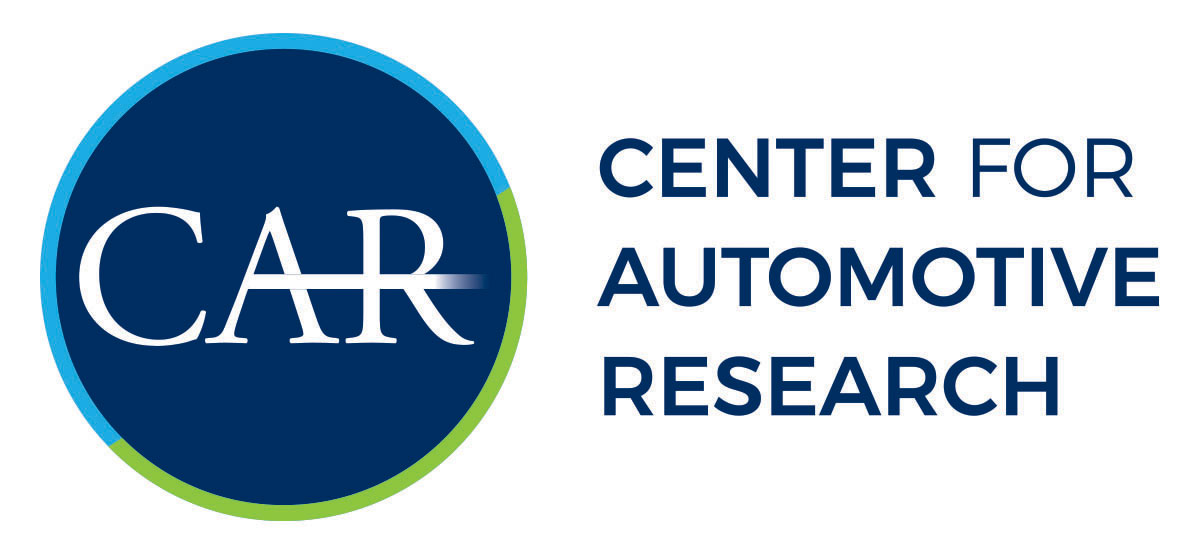Aug 1, 2008
This paper provides a overview of Michigan’s unique approach to moving ahead on the vision of technical and relationship integration and on building a connected vehicle system that meetsshared public and private objectives
Jun 1, 2008
Part I of the Line of Business Strategy for Vehicle Infrastructure Integration (VII) provides an executive summary and high-level overview of the Michigan Department of Transportation’s (MDOT) VII strategy in terms of mission, vision, and customer/partner needs and goals
Jun 1, 2008
Vehicle infrastructure integration (VII) consists of applying both vehicle-to-vehicle and vehicle-to-infrastructure communication to the tasks of improving safety, enhancing mobility and improving quality of life.
Feb 1, 2008
Michigan’s current automotive labor challenge and opportunity is the subject of this study, the first automotive labor market report produced by CAR’s Program for Automotive Labor and Education (PALE).
Oct 1, 2007
In 1957, Toyota Motor Sales U.S.A., Inc. set up a small dealership in Hollywood, California. By 1975, Toyota became the bestselling import brand in the United States. In 1986, Toyota began manufacturing operations in the United States with General Motors at a joint-venture manufacturing facility in Fremont, California. In 2003, Toyota crossed the two million sales threshold for the first time and in 2006 Toyota sold over 2.5 million vehicles in the United States. The process of building motor vehicles necessitates a great many workers assembling those vehicles. In addition to the workers employed in Toyota’s U.S. assembly operations, many more people are needed to supply the goods and services that are directly or indirectly related to the operations of a motor vehicle company. This study will estimate the total number of workers related to Toyota’s U.S. motor vehicle assembly operations.
Aug 1, 2007
The gestation of a new component made by an automotive supplier typically begins with a Request For Quotation (RFQ) being issued by the supplier’s customer, the Original Equipment Manufacturer (OEM). The supplier typically has about two weeks to submit its response.
Jul 1, 2007
This report, undertaken at the request of the Motor & Equipment Manufacturers Association (MEMA), will provide an estimation and analysis of the employment and economic contribution of the supplier-related jobs in all of the fifty states and the District of Columbia.
Jul 1, 2007
A great deal of public discussion has focused on petroleum use and greenhouse gas emissions from automobiles. An inevitable response has been to call upon automakers to produce higher-mileage vehicles. Many policymakers have suggested regulations to spur more fuel efficient designs. But little effort has been made to explain to policymakers and the public the intricate decision-making process entailed in changing vehicle designs or adjusting product plans to meet new needs.
